
Differences Between FCC Part 15B and 15C Certification
When selling electronic and electrical products in the U.S. market, FCC certification is mandatory. However, many companies struggle to distinguish between fcc part 15B and FCC Part 15C in terms of application scenarios and requirements. Choosing the wrong certification path may resULt in product detention or fines. As a professional testing laboratory serving over a thousand enterprises, China JJR Laboratoryprovides a detailed analysis of the key differences between the two, helping you select the right compliance solution with precision.

Fundamental Differences Between fcc part 15b and Part 15C
1. FCC Part 15B
- Scope:
- Unintentional radiators
- Devices that only receive radio waves (e.g., USB drives, standard speakers)
- Digital circuit devices (e.g., computer motherboards, network switches)
- Core Requirements:
- Limit electromagnetic interference (EMI)
- Ensure no harmful interference to other devices
- Certification Method:
- fcc sdoc (Supplier’s Declaration of Conformity)
- No direct FCC review requiRED
2. FCC Part 15C
- Scope:
- Intentional radiators
- Devices that actively transmit radio waves (e.g., Wi-Fi, Bluetooth, ZigBee products)
- Core Requirements:
- Limit transmission frequency, power, and bandwidth
- Prevent interference with government or critical communication bands
- Certification Method:
- fcc id (must be reviewed and granted by a TCB agency)
Simple Summary:
- FCC Part 15Bregulates interference(ensuring the device doesn’t affect others).
- FCC Part 15Cregulates emission(ensuring the device’s own transmission is compliant).
Applicable Products Comparison
Products requiring FCC Part 15B:
- Home appliances: refrigerators, washing machines, electric fans
- IT equipment: computers, monitors, printers
- Audio & video devices: TVs, speakers, game consoles
Products requiring FCC Part 15C:
- Wireless communication devices: Wi-Fi routers, Bluetooth headsets, 4G/5G modules
- IoT devices: smart plugs, smart lighting
- Remote control devices: RC toys, car remote controllers
Products requiring both FCC Part 15B and 15C:
- Smart devices with wireless functions:
- Smart TV (Part 15B: digital circuit; Part 15C: Wi-Fi module)
- Laptop (Part 15B: motherboard; Part 15C: Bluetooth function)
Testing Requirements Differences
FCC Part 15B Core Tests:
1. Conducted Emission
- Frequency range: 150 kHz – 30 MHz
- Limit: dBμV (decibel MICrovolts)
2. Radiated Emission
- Frequency range: 30 MHz – 1 GHz (some products up to 6 GHz)
- Limit: dBμV/m (decibel microvolts per meter)
FCC Part 15C Core Tests:
1. Occupied Bandwidth
- Ensure signals stay within permitted bands
2. Output Power
- Must not exceed FCC limits (e.g., 2.4 GHz band ≤ 1 W)
3. Out-of-Band Emission
- Suppress spurious emissions outside the operating band
4. Frequency Stability
- Frequency drift must remain within specified limits
fcc certification process Differences
FCC Part 15B (sdoc Process):
1. Laboratory testing
2. Draft Supplier’s Declaration of Conformity
3. Maintain technical documents for recordkeeping
4. Affix SDoC marking
FCC Part 15C (FCC ID Process):
1. Laboratory testing
2. Submit application to a TCB agency
3. Obtain FCC ID after approval
4. Affix FCC ID marking
Timeframe & Cost:
- Part 15B:1–2 weeks, lower cost
- Part 15C:3–4 weeks, higher cost
Email:hello@jjrlab.com
Write your message here and send it to us
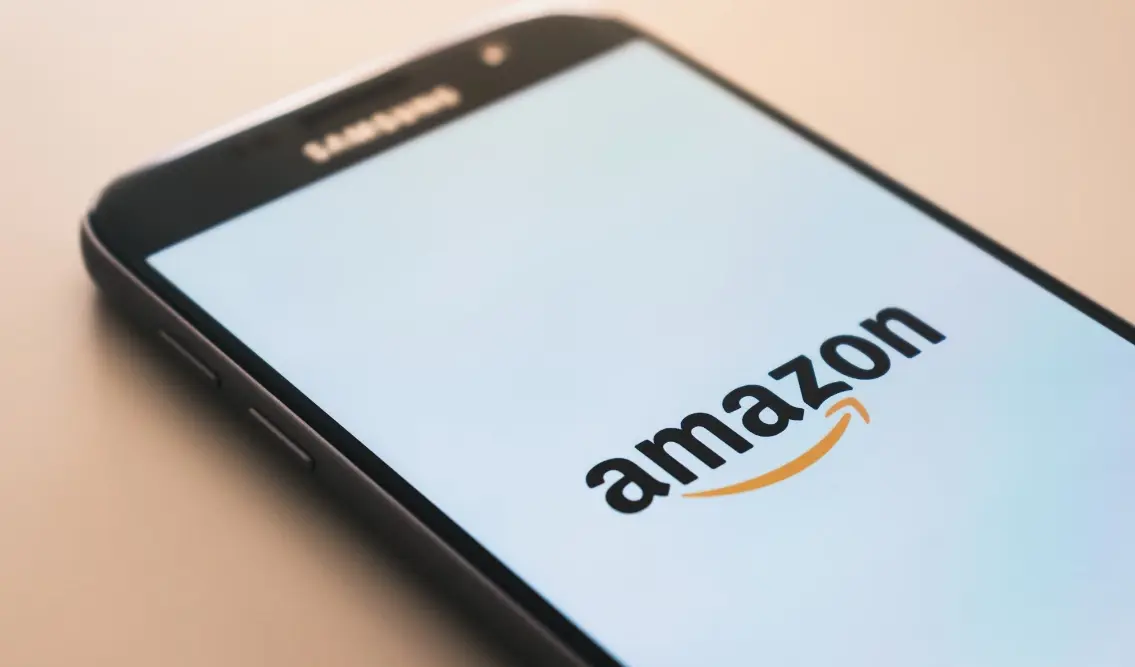 What are ASTM F963 and CPSIA?
What are ASTM F963 and CPSIA?
 Comparison of ASTM F963 and EN 71
Comparison of ASTM F963 and EN 71
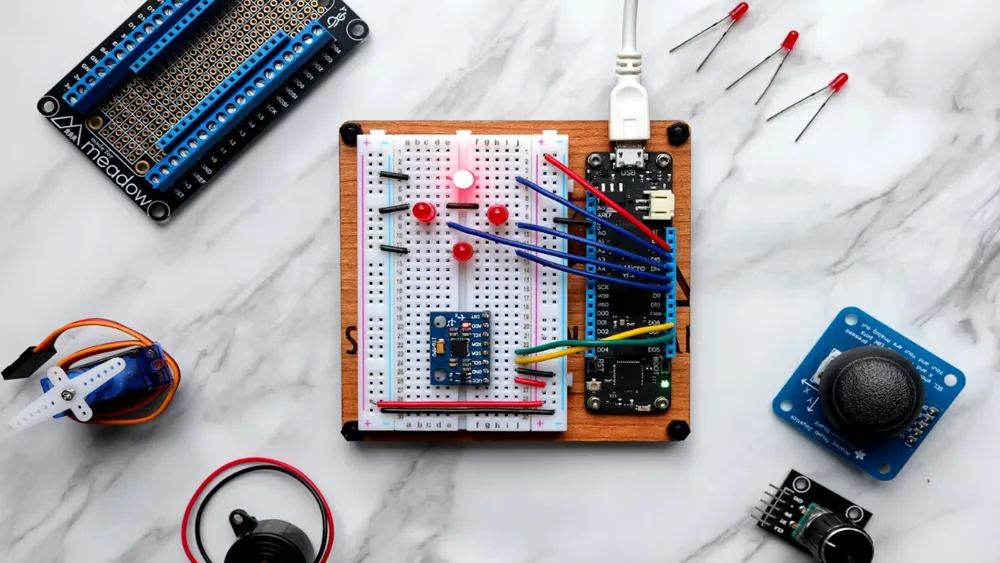 How to get CSA C22.2 NO.256:14 Test Report?
How to get CSA C22.2 NO.256:14 Test Report?
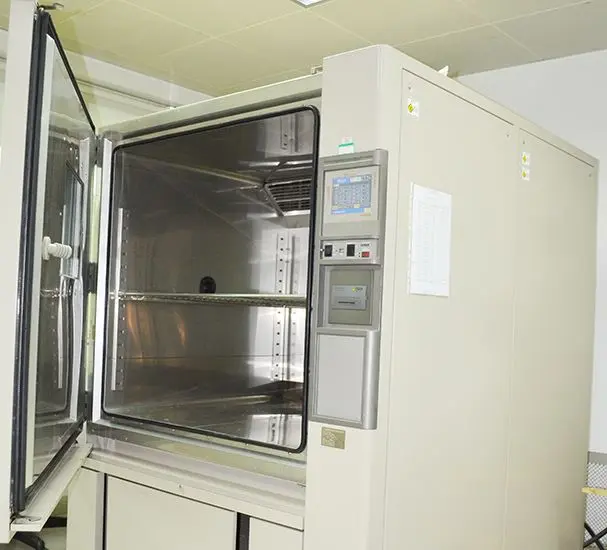 How much is the ISTA Amazon Packaging & Shippi
How much is the ISTA Amazon Packaging & Shippi
 Amazon Product Laboratory Testing Requirements
Amazon Product Laboratory Testing Requirements
 How to Get EPA Certificatio
How to Get EPA Certificatio
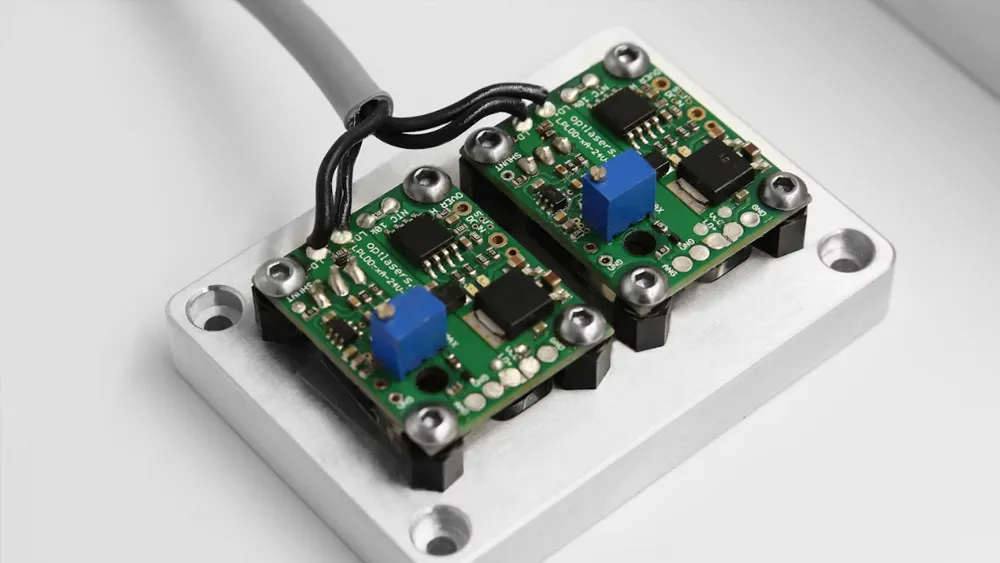 What is EPA Certification in the United States?
What is EPA Certification in the United States?
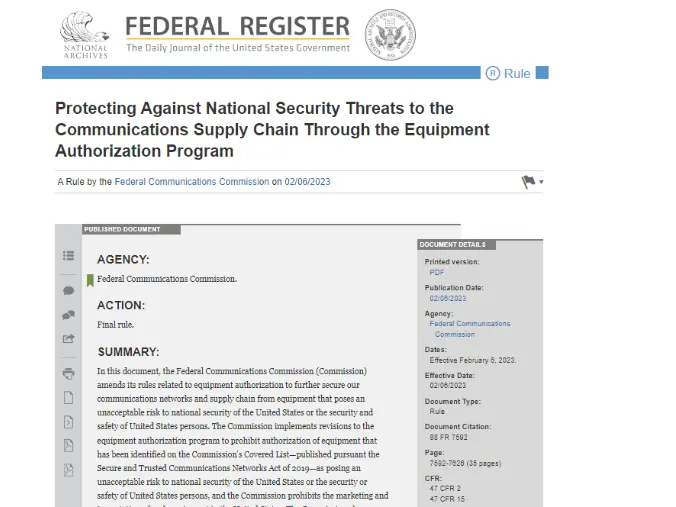 What is an FCC Registered Agent?
What is an FCC Registered Agent?
Leave us a message
24-hour online customer service at any time to respond, so that you worry!




